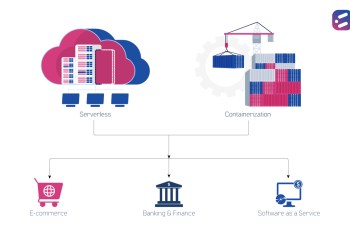Higher-order components (HOCs) are an advanced topic in React.js, often used by application development experts to streamline the code and make the development project more efficient. A HOC is a “function that takes a component and returns a new component”. It reuses component logic and follows one of the patterns.
When do you use HOCs?
Let’s say you have a box to which you want to add an outline color. A component would perform this activity. Now let’s say you have ten similar boxes, each needing an outline color. You could hand-write code for each box, or use a HOC to create a function that provides an outline color for each.
Here’s an example of a function that creates a new component: a HOC
import React from ‘react’
const higherOrderComponent = WrappedComponent => {
class HOC extends React.Component {
render() {
return <WrappedComponent />
}
}
return HOC
}
In the above example, a higher-order component is written as a function. It takes a component, called ‘WrappedComponent’, as an argument. We have created a new component called ‘HOC’, which returns the <WrappedComponent/> from its render function.
A higher-order component (HOC) is a distinctive element for reusing logic in React components.
How do you use Higher-Order Components?
- HOCs don’t modify or mutate components; they create new ones
- The code can be reused as required
- No side effects arise from the use of HOCs in React.js development services
What are the benefits of using HOCs?
- When used properly and efficiently, HOCs are easy to handle
- HOCs help to streamline the code by avoiding mutating or comoving the same logic in each component created
- Using higher-order components makes code more readable and efficient
- Due to its proper naming conventions, debugging becomes easy
HOCs can make your code lighter, faster to develop, easier to read and more streamlined. Still wondering how to use HOCs when using React.js development services? Speak to our team of application development experts today.













